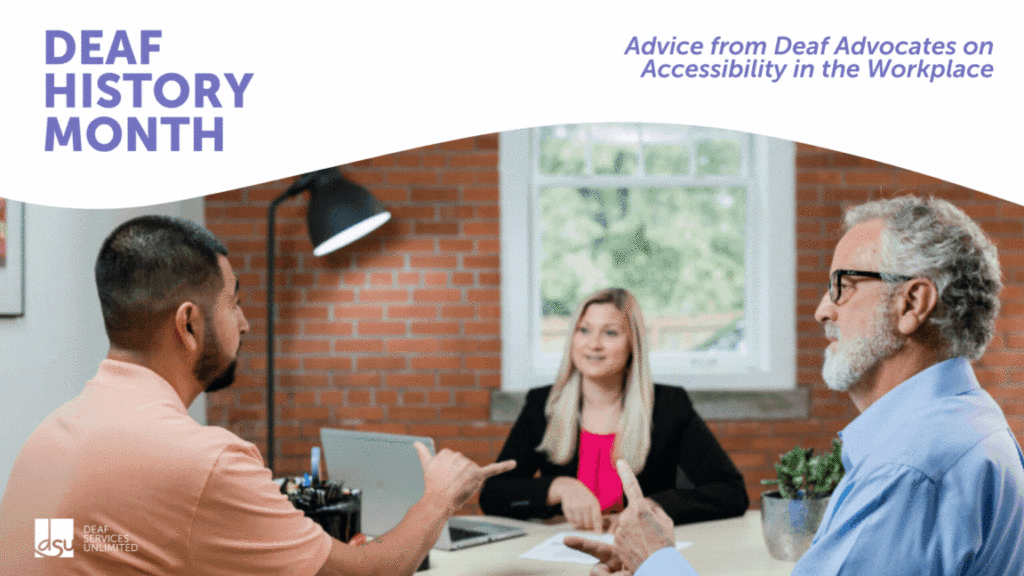Insights
all insightsHow A Business Can Be Deaf Accessible

These days, it’s good business to step up for inclusion. Businesses large and small are recognizing the importance of inclusivity as a key driver of success. Among those advocating for accessibility in all facets of life is the population comprised of our nation’s Deaf community.
The options are plenty for making businesses more accessible for Deaf individuals. Ideas for improvements include displaying better visual communication, removing noise barriers, and fostering inclusivity in the workplace. Some simple adjustments can make all the difference.
For example, being Deaf can pose significant challenges when dining out at a restaurant. One major obstacle is the communication style. Many restaurants rely heavily on spoken communication to take orders and convey information about the menu, specials, and any modifications or allergies. For the Deaf individual, this can make it difficult to effectively communicate their preferences and needs to the waitstaff, leading to misunderstandings and potentially receiving the wrong order or being served something they cannot eat. In this scenario, a better signage and a proper written menu online or in print removes this particular barrier to ordering a meal.
Here are several ways businesses can enhance accessibility for Deaf people:
- Sign Language Interpreters
Employing sign language interpreters for important interactions such as meetings, presentations, and customer service encounters can greatly enhance communication for Deaf individuals. - Video Remote Interpreting (VRI)
Utilizing VRI services enables real-time access to sign language interpreters through video calls, facilitating communication in situations where on-site interpreters may not be feasible. - Captioning and Subtitles
Providing captions or subtitles for videos, online content, and presentations ensures Deaf individuals can access information effectively. This includes social media content, training materials, and webinars. - Visual Alerts and Signage
Implementing visual alerts and signage, such as flashing lights or digital displays, can notify Deaf individuals of important information like emergency alerts, announcements, or when their turn is called in a queue. - Text-based Communication
Offering text-based communication options such as live chat, email, or text messaging can accommodate Deaf individuals who prefer written communication or who do not use sign language.
By ensuring accessibility for Deaf individuals, businesses not only demonstrate their commitment to equal opportunities but also unlock many tangible benefits.
